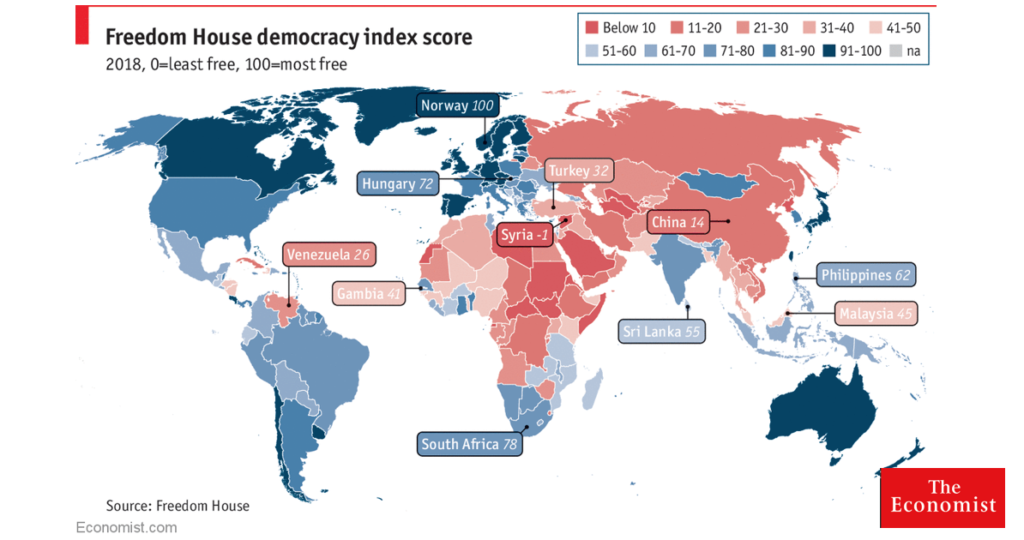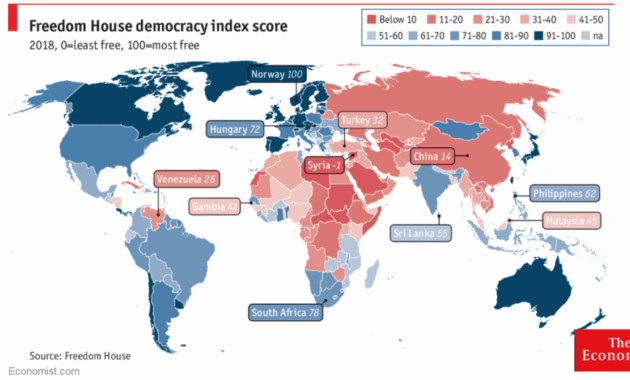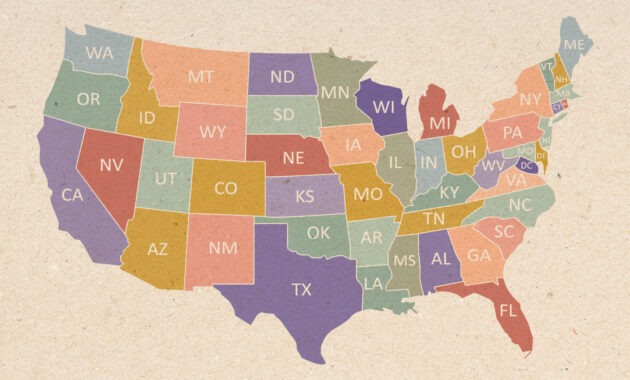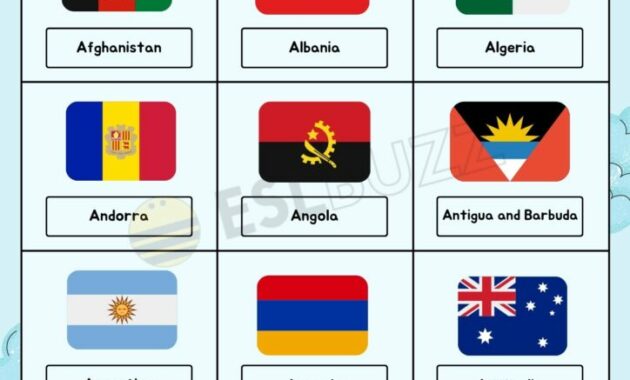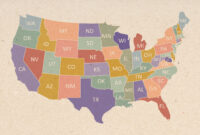Liberal democracy, a term often tossed around in political discussions, truly represents a complex and nuanced system of governance. It’s not just about casting a ballot every few years; it’s about a delicate balance of individual liberties, majority rule, and the protection of minority rights. Let’s dive into some real-world examples and explore the characteristics, challenges, and benefits that define this fascinating political model.
Liberal Democracy Examples (+Features, Challenges, and Pros & Cons

One of the most readily apparent features of a liberal democracy is the emphasis on individual rights. These rights are typically enshrined in a constitution or bill of rights, providing legal protection against government overreach. Freedom of speech, freedom of assembly, freedom of religion, and freedom of the press are cornerstones of this system. These freedoms allow citizens to express their opinions, participate in public discourse, and hold their government accountable.
The rule of law is another crucial element. This means that everyone, including government officials, is subject to the law and that laws are applied fairly and consistently. An independent judiciary plays a vital role in upholding the rule of law by interpreting laws and resolving disputes impartially. Without an independent judiciary, there is a risk of arbitrary or biased application of the law, undermining the principles of fairness and equality.
Free and fair elections are the lifeblood of a liberal democracy. Citizens have the right to choose their representatives in regular elections, and these elections must be conducted in a transparent and impartial manner. This includes ensuring that all eligible voters have the opportunity to register and vote, that ballots are counted accurately, and that the electoral process is free from intimidation and corruption. The existence of multiple political parties provides voters with a range of choices and perspectives, promoting healthy competition and debate.
Beyond the core principles, liberal democracies often exhibit other characteristics such as a market-based economy, a strong civil society, and a commitment to international cooperation. A market-based economy allows for economic freedom and innovation, while a strong civil society provides a space for citizens to organize and advocate for their interests. A commitment to international cooperation reflects the understanding that global challenges require collective action and that promoting democracy abroad can contribute to a more peaceful and stable world.
Liberal Democracy Examples (+Features, Challenges, and Pros & Cons
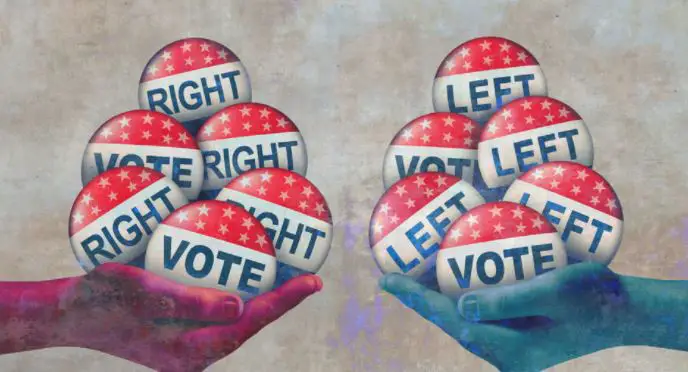
The United States, with its constitutionally protected rights and representative government, serves as a prime example of a liberal democracy. The American system is characterized by a separation of powers between the legislative, executive, and judicial branches, designed to prevent any one branch from becoming too powerful. However, the US also faces challenges such as partisan polarization and concerns about voter suppression.
Another prominent example is the United Kingdom, with its parliamentary system and long tradition of democratic governance. The UK’s unwritten constitution has evolved over centuries, adapting to changing social and political norms. However, the UK has also grappled with issues such as Brexit and regional inequalities, which have tested the resilience of its democratic institutions.
Germany, with its commitment to social democracy and strong welfare state, represents a different model of liberal democracy. Germany’s experience with totalitarianism in the 20th century has shaped its commitment to human rights and democratic values. However, Germany also faces challenges such as integrating immigrants and addressing the rise of right-wing extremism.
Despite their strengths, liberal democracies are not without their challenges. One of the most persistent challenges is the potential for the “tyranny of the majority,” where the rights and interests of minorities are overlooked or ignored. This can lead to discrimination, marginalization, and social unrest. Protecting minority rights requires a commitment to tolerance, inclusivity, and the rule of law.
Another challenge is the increasing influence of money in politics. Campaign finance regulations often struggle to keep pace with the evolving landscape of political fundraising, allowing wealthy individuals and corporations to exert undue influence on policy decisions. This can undermine the principle of equality and erode public trust in government.
The spread of misinformation and disinformation poses a significant threat to liberal democracies. Social media platforms have become breeding grounds for false and misleading information, which can manipulate public opinion and undermine democratic institutions. Combating misinformation requires a multi-faceted approach, including media literacy education, fact-checking initiatives, and responsible regulation of social media platforms.
Finally, rising levels of economic inequality can undermine the foundations of liberal democracy. When a significant portion of the population feels left behind or excluded from economic opportunities, it can lead to resentment, political instability, and a questioning of democratic values. Addressing economic inequality requires policies that promote fair wages, access to education and healthcare, and a strong social safety net.
Despite these challenges, the advantages of liberal democracy are undeniable. Liberal democracies tend to be more stable, prosperous, and peaceful than other forms of government. They provide citizens with a greater degree of freedom and autonomy, allowing them to pursue their own goals and aspirations. They also promote innovation, creativity, and economic growth by fostering a climate of competition and entrepreneurship.
Moreover, liberal democracies are better equipped to address complex social and economic challenges. They encourage open debate, deliberation, and compromise, leading to more informed and effective policy decisions. They also provide mechanisms for citizens to hold their government accountable, ensuring that it remains responsive to their needs and interests.
In conclusion, liberal democracy is a complex and evolving system of governance that faces numerous challenges. However, its commitment to individual rights, the rule of law, and free and fair elections makes it the most desirable form of government. By understanding the features, challenges, and benefits of liberal democracy, we can work to strengthen and protect it for future generations.
If you are looking for Liberal Democracy Examples (+Features, Challenges, and Pros & Cons you’ve came to the right page. We have 5 Images about Liberal Democracy Examples (+Features, Challenges, and Pros & Cons like Democracy has regressed in multiple countries since 2007, and liberal, Liberal democracy – Wikipedia and also Liberal Democracy Examples (+Features, Challenges, and Pros & Cons. Read more:
Liberal Democracy Examples (+Features, Challenges, And Pros & Cons

boffinsportal.com
Liberal Democracy Examples (+Features, Challenges, And Pros & Cons

boffinsportal.com
Liberal Democracy – Wikipedia

en.wikipedia.org
Democracy Has Regressed In Multiple Countries Since 2007, And Liberal

jeremyleggett.net
liberal democracy countries regressed 2007
What Is Liberal Democracy? – Liberal Currents

www.liberalcurrents.com
Democracy has regressed in multiple countries since 2007, and liberal. Liberal democracy. What is liberal democracy? – liberal currents

